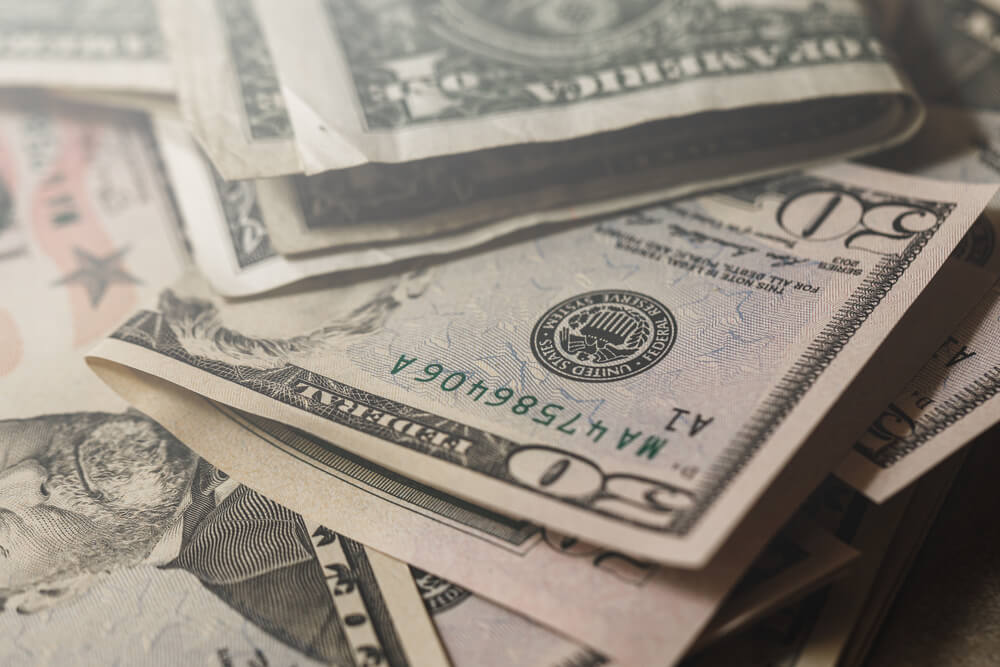The dollar rose on Wednesday morning in Asia, though it remained broadly weaker with falling Treasury yields. The decline has steadied forex markets, driving investors to chase riskier assets.
By 11:05 PM ET (4:05 AM GMT), the U.S. Dollar Index added 0.03% to 90.817. During the previous session, the USD/JPY pair added 0.16% to 106.84. This followed an almost 107 mark, a level unseen since August 2020. The AUD/USD and the NZD/USD pairs inched up 0.10% to 0.78250.03% and 0.03% to 0.7288, respectively.
On the other hand, the USD/CNY pair fell 0.09% to 6.4647. The Caixin services purchasing managers’ index (PMI) of China for February, earlier in the day, was 51.5 against 52 in January.
Moreover, the GBP/USD pair inched up 0.09% to 1.3965.
The Australian dollar and other commodity-linked currencies held on to generous gains for two days as yields fell. GDP grew 3.1% quarter-on-quarter in Q4 of 2021 and diminished 1.1% year-on-year. These have provided additional support for the AUD, according to Positive Australian economic data.
During the previous week, Treasuries led a dramatic jump in yields globally. In effect, bonds caused volatility in the market.
The U.S. Federal Reserve led other central bankers in calling for patience in normalizing monetary policy. This was because economies were recovering from the COVID pandemic. But even then, the volatility in the markets continued.
The $1.9 Trillion Stimulus Package
Developments on the $1.9 trillion stimulus package proposed by U.S. President Joe Biden is fuelling hopes for faster economic recovery.
Right now, risk sentiment dynamics are the key driver of currencies in general. Equity market reaction will be one of the key determinants of the impact of this move in global rates on forex markets. This was a statement from Barclays Capital senior currency strategist Shinichiro Kadota.
The CAD Adds to Monday’s Rally
On Tuesday, the Canadian dollar edged higher against the USD, adding to the previous day’s rally. Prices of oil rose and domestic data showed faster-than-expected economic growth.
The country’s economy grew at an annualized rate of 9.6% in Q4. Statistics Canada data showed that this rate beat analyst expectations of 7.5%. GDP is expected to climb 0.5% in January.
Oil price, one of Canada’s major exports, rose before this week’s OPEC+ meeting. Now that economies are starting to recover from the coronavirus pandemic, producers are expected to ease supply curbs.
















